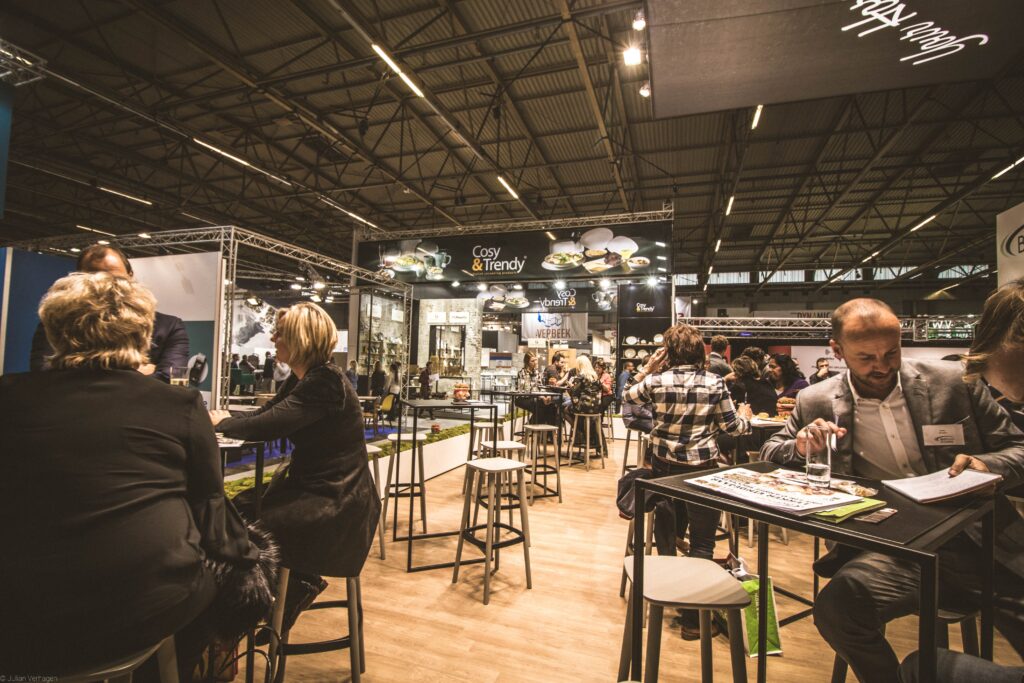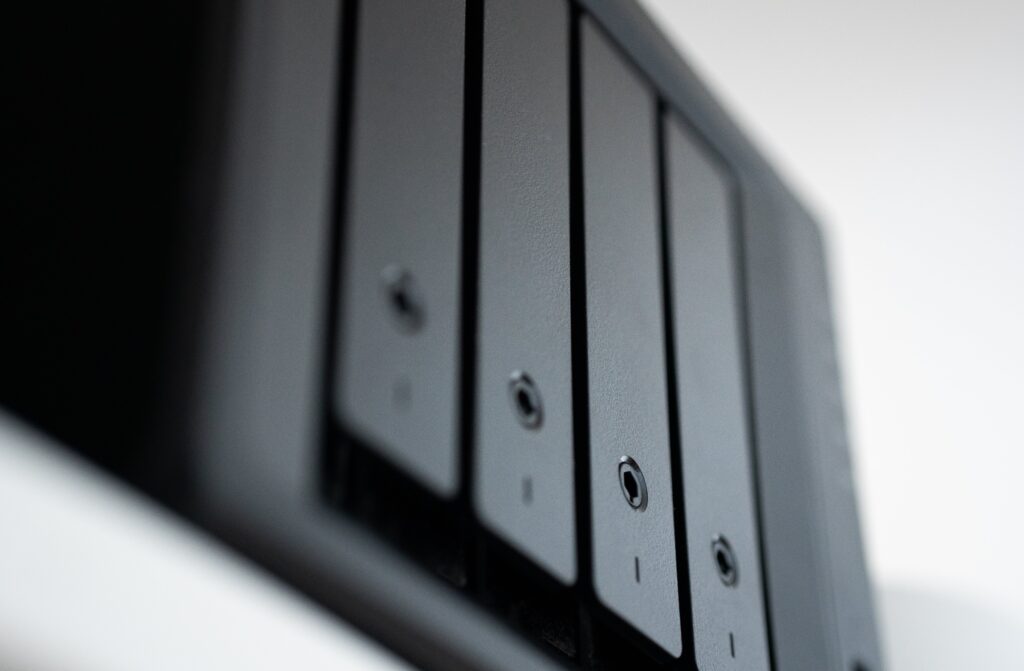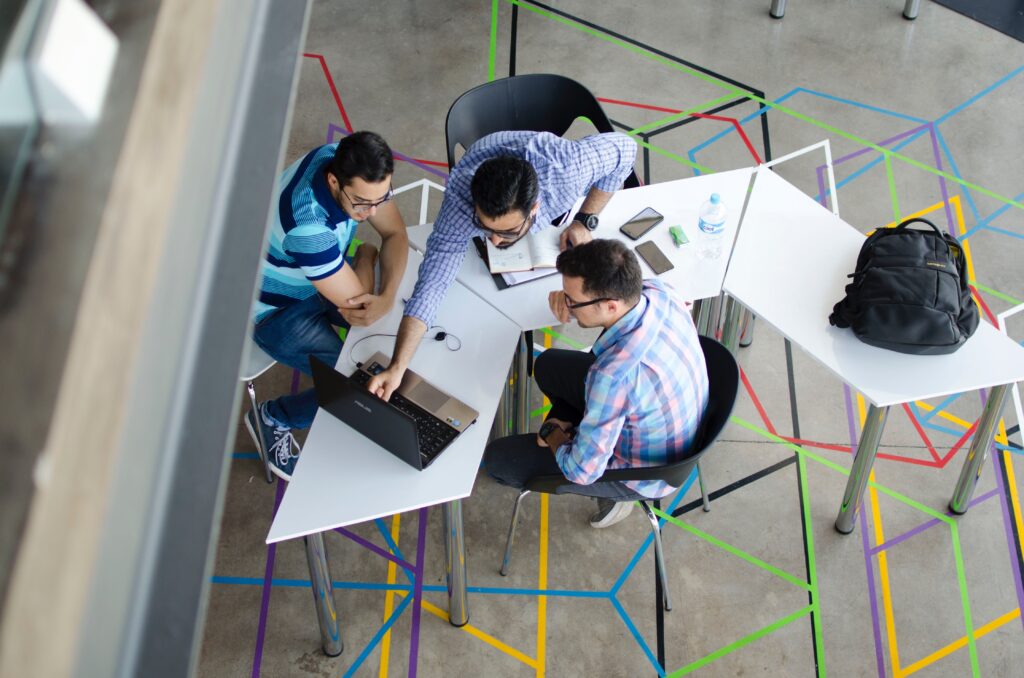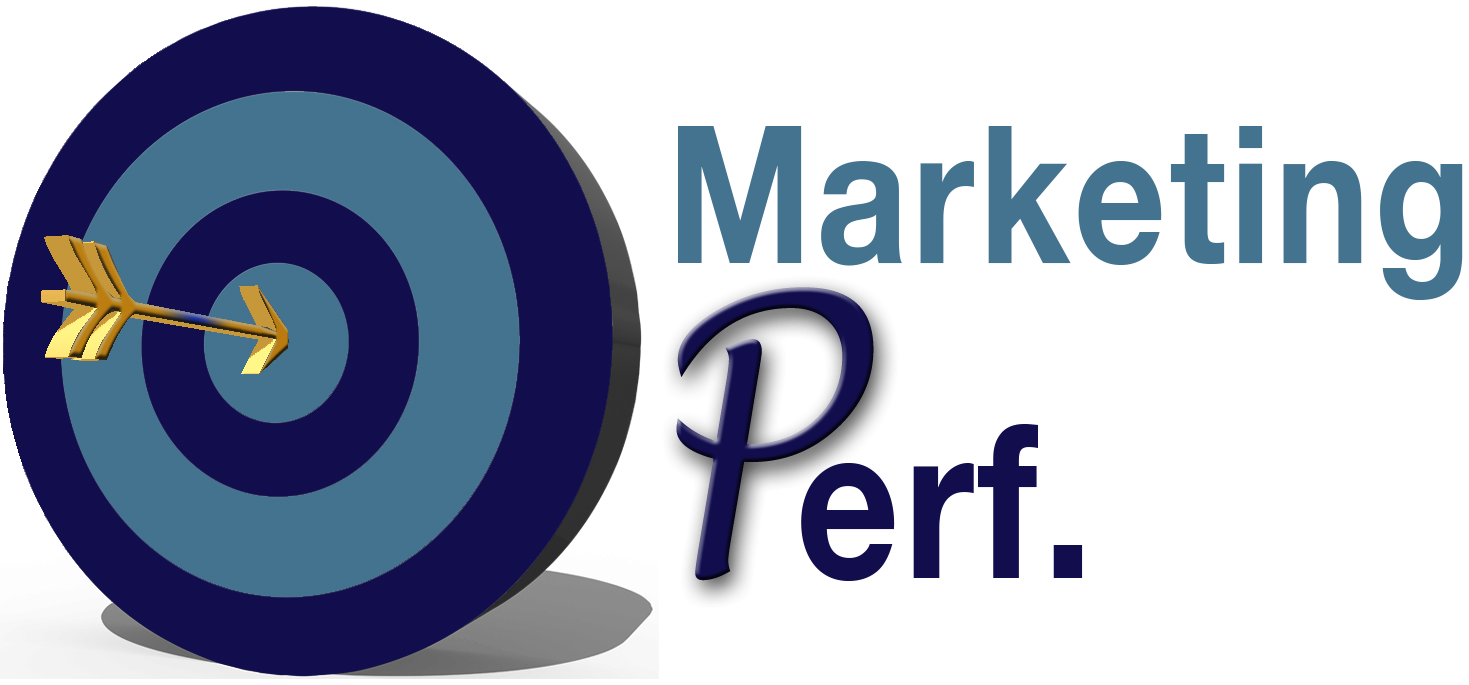Rebuilding an intranet is not an easy task: while managing expectations from all the different stakeholders, you need to go through the history of the soon-to-be obsolete platform to make sure all relevant content is transferred onto the brand new interface.
And the process can be long and arduous. In that particular case, one of the main requirements was to create a new tool that would allow the Communications department to reach out to everyone in the company on any device they used. Another requirement was to create a space that would allow better communication between the different departments of the company.
Here’s a breakdown of the methodology followed to achieve success in this endeavour.
Consultation meetings

The idea of a digital workplace is to make it as collaborative as possible and include stakeholders from all the different departments of the company in the project from the start.
So it all began with the nomination of focal points for each department and individual meetings were set up with each of them (around 16 of these) to try and understand their needs and expectations for this new platform. It also helped create the job specs for the offer to tender.
In the meantime, it was important to benchmark different intranet/digital workplaces. Not as easy as for a website so I had to find ways to get an overview of a few of these platforms.
Selection of suppliers

In parallel, we also had to start looking for suppliers that would build the platform. The idea from the start was to organise sprints and deliverables with 4 or 5 suppliers, something I’d already done when project managing the redesign of the corporate website and that worked really well.
A good place to start looking for these was exhibitions, and in this particular case, one with a perfect timing was the Digital Workplace Intranet & Solutions Collaborative in Paris. I had the chance to meet a very good selection of suppliers there and get demos of their platforms. This exhibition and other research helped build an initial list of around 10 potential suppliers with which presentations were arranged. After this first round of presentations, 4 were selected to enter the sprints and get a chance to be the lucky ones to build our new digital workplace.
Sprints

The 3 sprints and deliverables were as follows:
- Deliverable 1 : Site map and structure
- Deliverable 2 : Design proposal for the homepage of the intranet/digital workplace and overview if functionalities
- Deliverable 3 : Commercial offer in line with our cost structure
At the end of these sprints, the final supplier was selected.
Making it participative: on-site workshop

Now that a contract had been finalised with the supplier, it was time to move on to the next phase: the building of the platform.
And the best way to make sure everyone was on board was to have all the focal points help with the structure of this new digital workplace.
This was done through a 2-day workshop that involved participants from all departments of the company – our focal points. Together, we worked on UX, wireframes and the construction of a prototype.
Deployment of a test environment / transfer of content

Following this workshop, a test environment for the new digital workplace was deployed. It allowed us to get familiarised with the new features and general feel while starting to sort out and transfer old content to this new platform.
Contributors’ training

Training sessions were organised for all contributors once the platform had been deployed in its test environment.
For most of these contributors, it was the first time creating or updating pages themselves. And although the new platform is extremely easy to use and user-friendly, there were still some questions coming up from all parties.
Training was originally supposed to be only a few sessions but since it was difficult to have everyone available at the same time and since new contributors were being added regularly, it quickly became mandatory to organise ad-hoc sessions.
Flexibility / availability

Those extra sessions that needed to be organised made it clear that something was needed from all parties and especially from the project management side: flexibility.
To make it work for everyone, availability from the project manager was a top requirement. Throughout the whole project, what I found time-consuming but important to everyone was to make myself available to all parties involved. Focal points needed help to understand the new platform and figure out how to lay out their content.
Launch campaign

For such an important launch, we decided to use all the channels at our disposal: emails, TVs, posters and even on-site stands.
While emails had been sent regularly up to 2 months before the launch, teasing the launch of the new digital workplace and its new features, the D day campaign consisted of pushing people to use the mobile version of the new platform. Which worked quite well as, one month after launch, stats showed that that 80% users were using the new platform on their mobile.
Post-launch support

My work didn’t stop the day of the launch: feedback was gathered once everyone had access to help improve the new platform.
Some tutorials were created and integrated directly onto the platform to help users with some of the new features.
Meanwhile, some bugs were also corrected, some new features finalised and the overall site map was adapted according to users’ feedback.
 Making the redesign of your intranet a success can be achieved if you use the right methodology: you first need to clearly define your goals and work towards these. You also need to get all stakeholders on board from the start of the project as they will be your advocates among all platform users.
Making the redesign of your intranet a success can be achieved if you use the right methodology: you first need to clearly define your goals and work towards these. You also need to get all stakeholders on board from the start of the project as they will be your advocates among all platform users.
And more importantly: keep a cool head at all times and try not to get overwhelmed by requests around you.



Comments